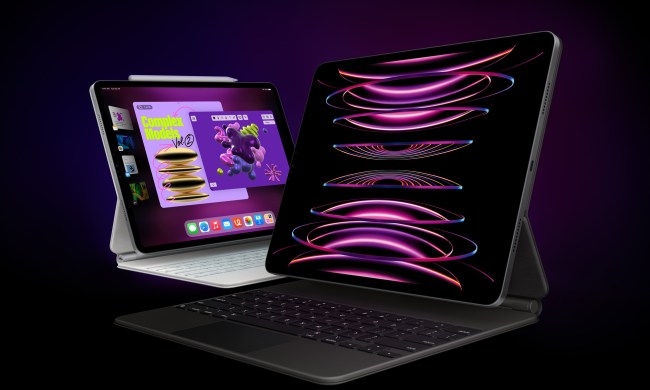
Humavox wants to make wireless charging easier and more widespread, and its newly announced partnership with Asahi Kasei Microdevices Corporation, a semi-conductor manufacturer, is a step towards that goal.
The Israeli-based company is a dominant force behind radio-frequency wireless charging technology that can juice up a device within a contained space — these spaces can range from a bowl, a drawer, or a bag, for example. That means you don’t have to place a device neatly on a wireless charging pad. An RF transmitter in the container couples with the RF receiver in the device — when in the contained space, the receiver collects the RF energy and converts it into DC voltage.
Of course, this means the container and the device that’s being charged need to be outfitted with the radio-frequency transmitter and receiver, respectively.
Humavox’s CEO and co-founder, Omri Lachman, gave us a demo with a few devices the company installed RF receivers into, such as Samsung’s Gear S2 and a PlayStation controller. All he had to do was place the devices into a bulky, trendy-looking bowl, and they began charging. Lachman tells us that both devices charge at the same speed as a normal charging cable.
The bowl isn’t a product though. In fact, Humavox doesn’t intend of making any products — the company primarily wants to work with device manufacturers to embed its chips into more consumer devices. These contained charging spaces would also be designed by partnered manufacturers. With this partnership between Humavox and AKM, the pair can create a smaller wireless receivers that can be placed into wearables, hearables, and Internet of Things devices.
By early 2017, Humavox and its partners will evaluate the chipsets and only after then will we likely see the chips being deployed in devices of partnered companies — around the second quarter of 2017. The company already has unveiled a solution to help charge hearing aids easily, but is mum on which manufacturers it has partnered with for other types of devices like smartphones and wearables.
“By the third quarter of 2017, the chip-set is intended to be fully commercialized for widespread use,” according to Humavox.
Lachman showed off one container model that needed to be connected to a wall outlet, but he did showcase a “battery pack” container that lets you store a device, like a watch, and charge it on the go. Lachman says we can expect big news from the company at CES 2017.


